
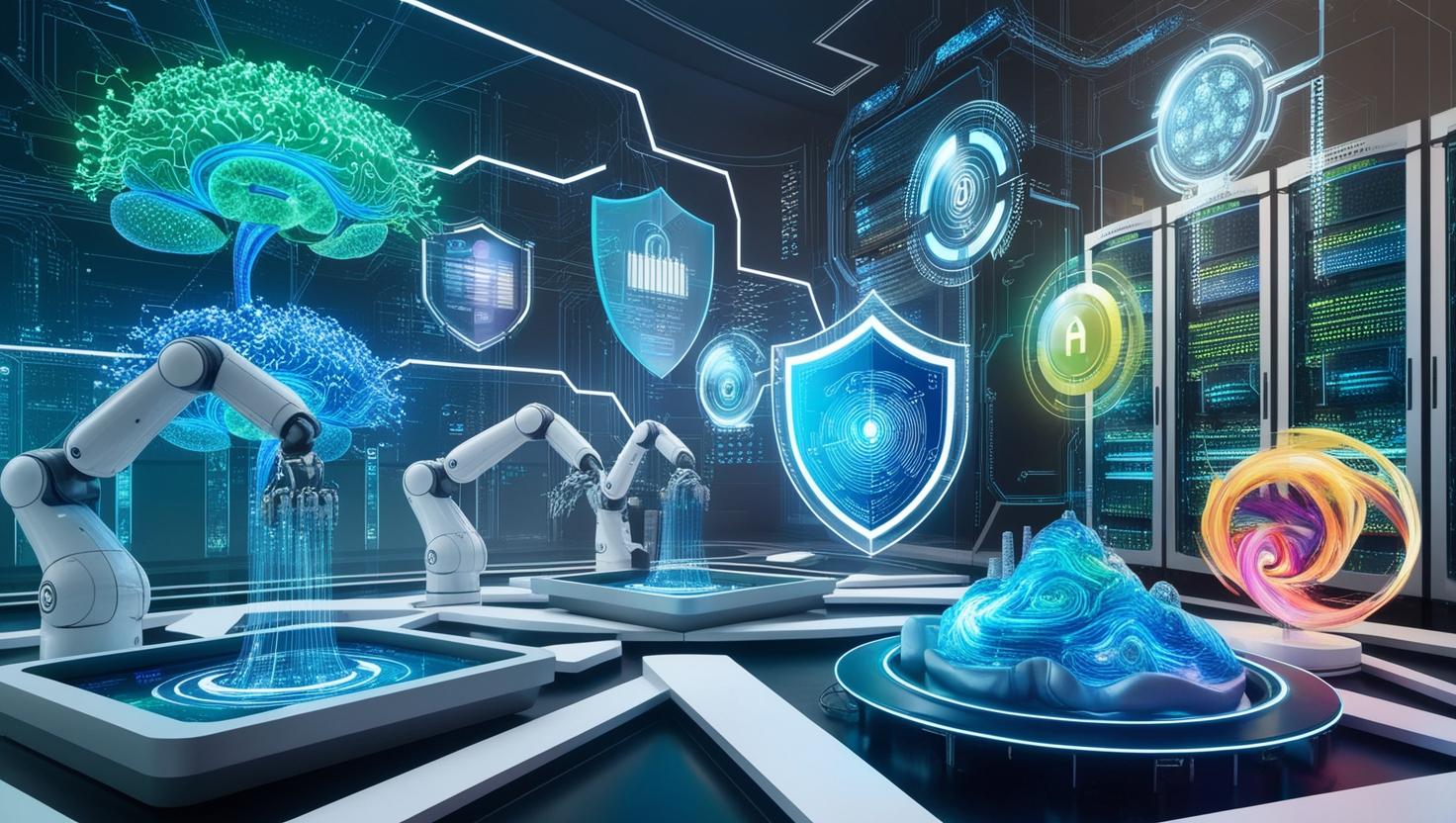
Introduction
The rapid advancement of Artificial Intelligence (AI) and Machine Learning (ML) is transforming the Information Technology (IT) landscape. From automated processes to predictive analytics, AI and ML are revolutionizing industries, driving efficiency, and enhancing decision-making. This article explores the rise of AI (Artificial Intelligence) and Machine Learning in IT (Information technology), their impact, applications, challenges, and future trends.
Understanding AI (Artificial Intelligence) and Machine Learning
What is Artificial Intelligence (AI)?
Artificial Intelligence refers to computer systems that simulate human intelligence to perform tasks such as speech recognition, decision-making, problem-solving, and language translation.
What is Machine Learning (ML)?
Machine Learning, a subset of AI, enables systems to learn and improve from experience without being explicitly programmed. It involves algorithms that analyze data, recognize patterns, and make predictions.
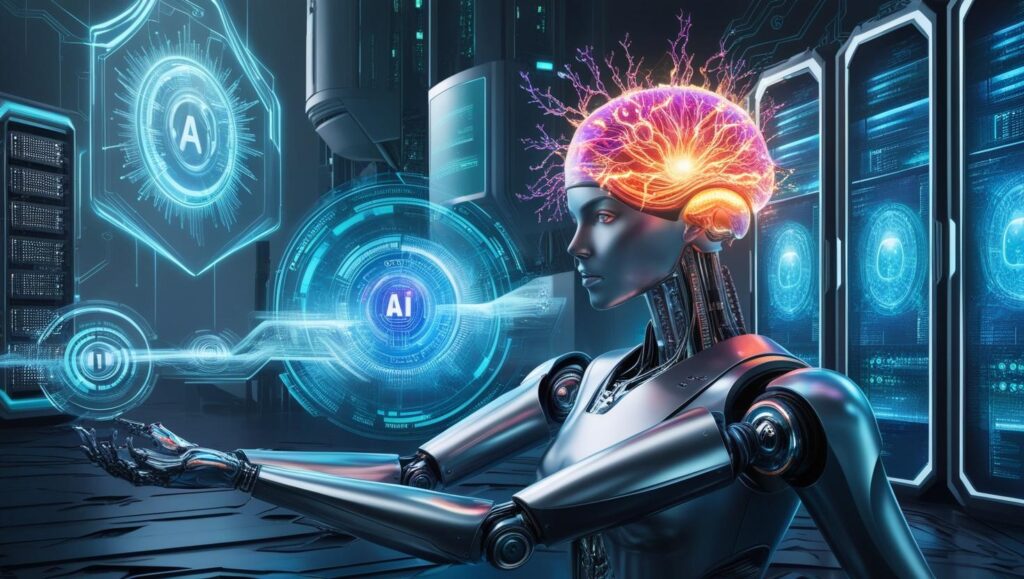
The Role of AI and Machine Learning in IT (Information technology)
Enhancing Automation
AI and ML power automation tools that reduce manual intervention, minimizing human errors and improving efficiency in software development, cybersecurity, and IT operations.
Improving Cybersecurity
- Threat Detection: AI-driven security systems identify and mitigate cyber threats in real-time.
- Behavioral Analysis: ML algorithms analyze user behavior to detect anomalies.
- Automated Security Response: AI automates responses to potential security breaches.
Boosting IT Infrastructure Management
- Self-Healing Systems: AI-powered IT monitoring detects and resolves system failures.
- Predictive Maintenance: ML predicts hardware and software failures, preventing downtime.
- Resource Optimization: AI optimizes cloud computing and server performance.
Applications of AI and Machine Learning in IT
AI in Software Development
- Code Generation & Review: AI suggests code snippets and detects bugs.
- Automated Testing: AI-driven tools enhance software testing efficiency.
- DevOps Optimization: AI streamlines CI/CD pipelines for faster deployments.

AI in Data Analytics
- Big Data Processing: AI processes vast amounts of data quickly.
- Predictive Analytics: ML models forecast trends and user behavior.
- Personalization: AI tailors experiences based on user preferences.
AI in Cloud Computing
- Intelligent Workload Management: AI optimizes cloud resource allocation.
- Automated Cloud Security: ML-based tools enhance cloud security.
- Cost Management: AI minimizes cloud spending by optimizing resource use.
Challenges of AI and Machine Learning in IT
Data Privacy & Security Concerns
The use of AI in IT raises concerns about data privacy, compliance, and security risks.
Ethical and Bias Issues
AI models can exhibit bias due to biased training data, leading to unfair decision-making.
Skill Gap in AI and ML

The rapid adoption of AI demands skilled professionals, creating a skill gap in the industry.
Future Trends in AI and Machine Learning in IT
AI-Powered IT Automation
AI-driven automation will enhance IT (Information technology) operations, reducing manual effort and operational costs.
Advanced Natural Language Processing (NLP)
NLP advancements will improve chatbots, virtual assistants, and AI-driven customer support.
AI in Edge Computing
AI will power edge computing, enabling faster processing and reducing reliance on centralized cloud servers.
Explainable AI (XAI)
Explainable AI will enhance transparency in AI decision-making, boosting trust and adoption.
Conclusion
The rise of AI and Machine Learning in IT is shaping the future of technology. From automation to cybersecurity and data analytics, AI and ML are driving innovation and efficiency. However, challenges such as data security, ethics, and skill gaps must be addressed to fully unlock their potential. As AI continues to evolve, its impact on IT will only grow, paving the way for smarter, more efficient systems.
FAQs
How is AI transforming IT?
AI enhances automation, cybersecurity, and data analytics, making IT operations more efficient.
What are the key applications of AI in IT?
AI is used in software development, cybersecurity, cloud computing, and IT automation.
What are the challenges of AI in IT?
Challenges include data privacy, bias, security risks, and the skill gap in AI professionals.
What is the future of AI in IT?
The future of AI in IT includes AI-powered automation, NLP advancements, edge computing, and explainable AI.
For more insights on AI and technology, visit Web Write Tech.




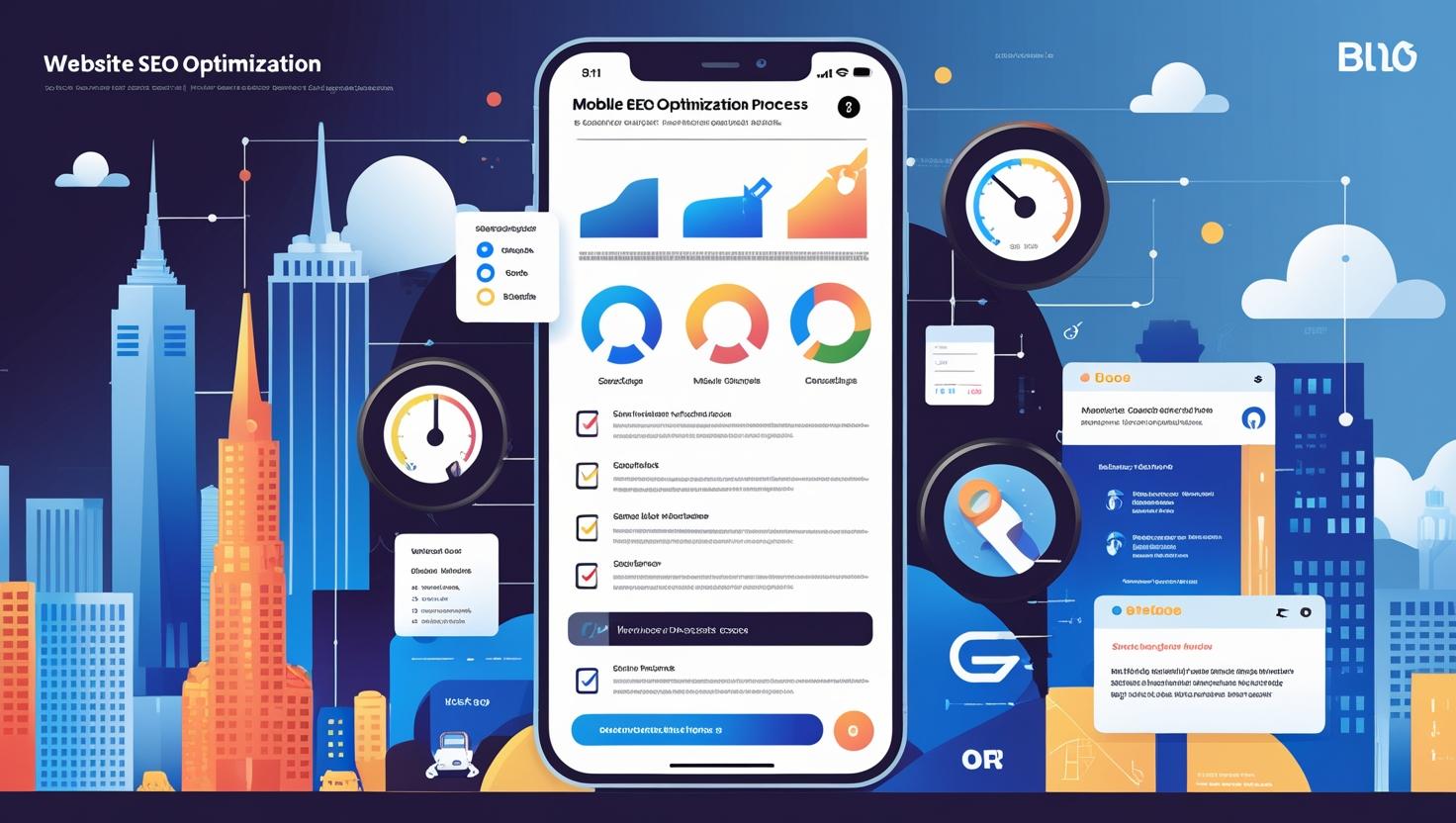
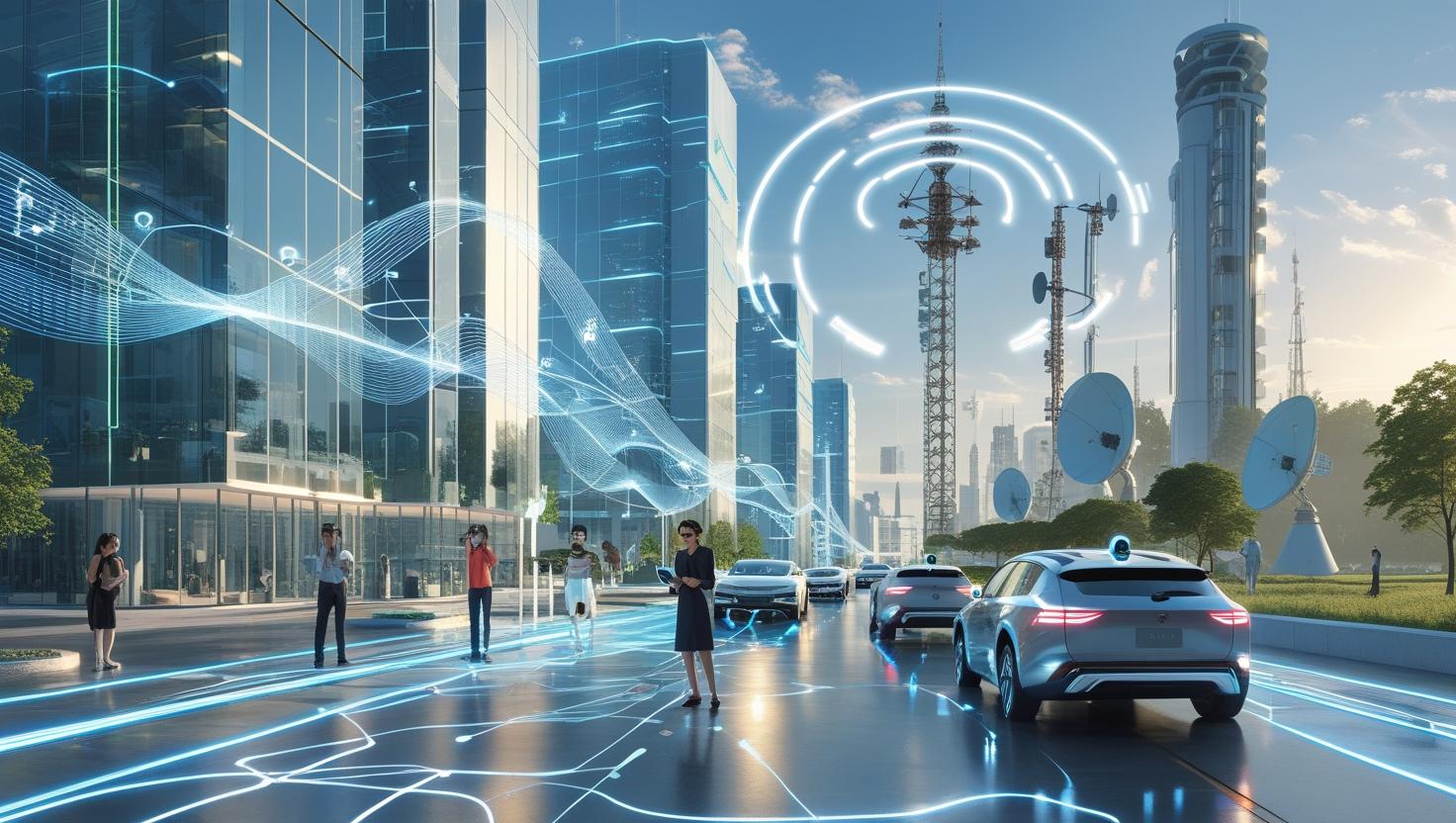
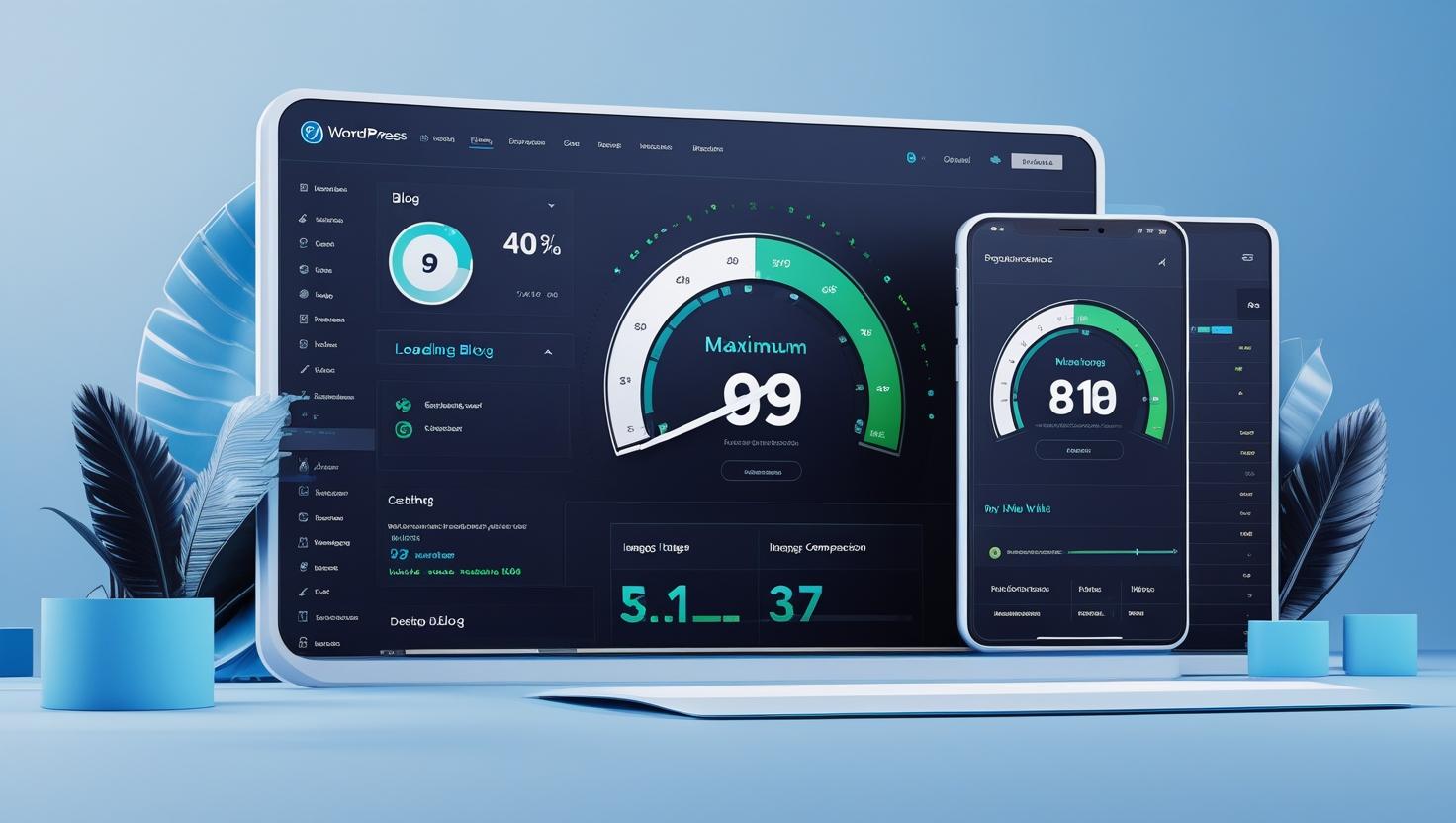
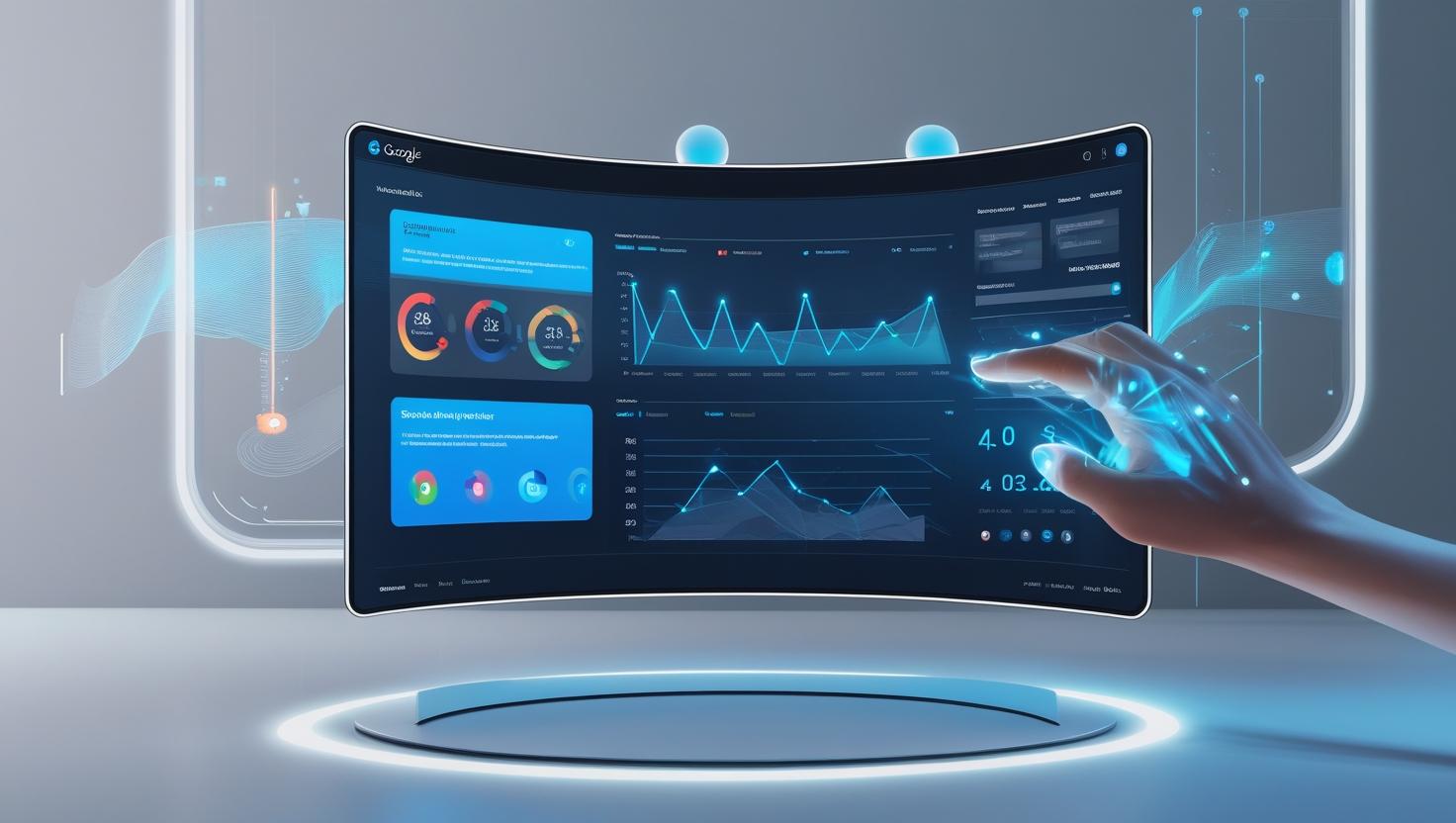
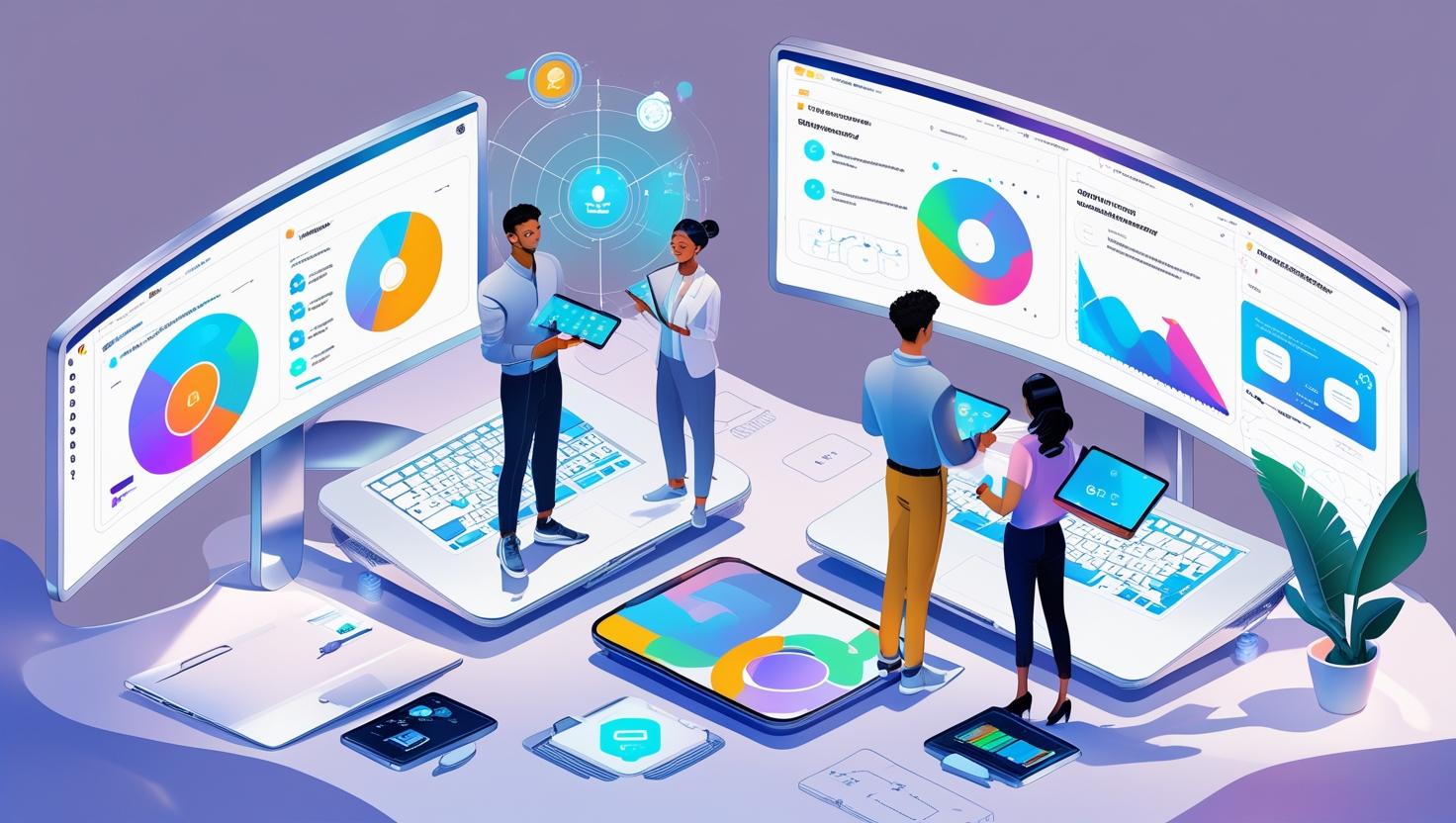


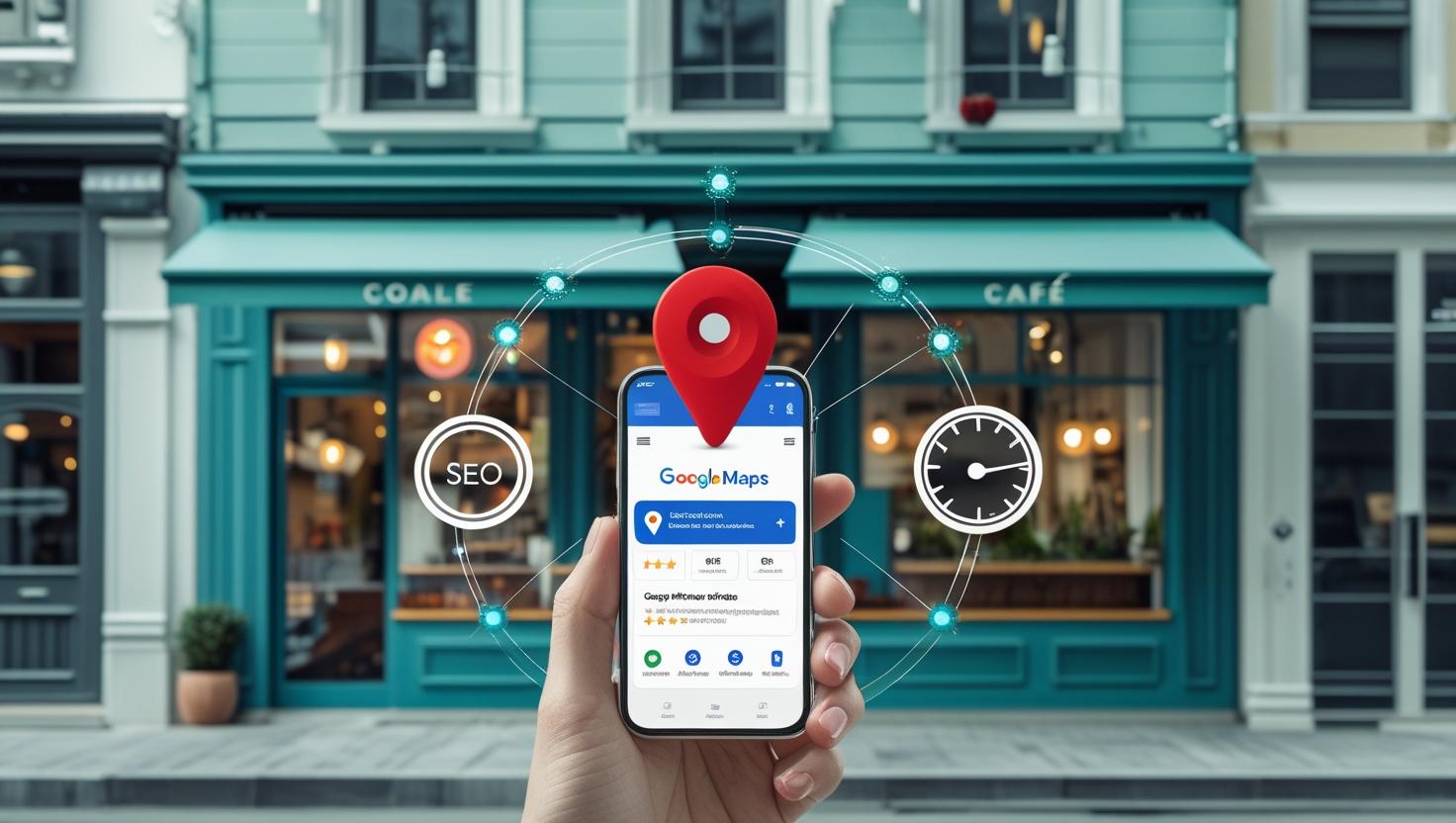

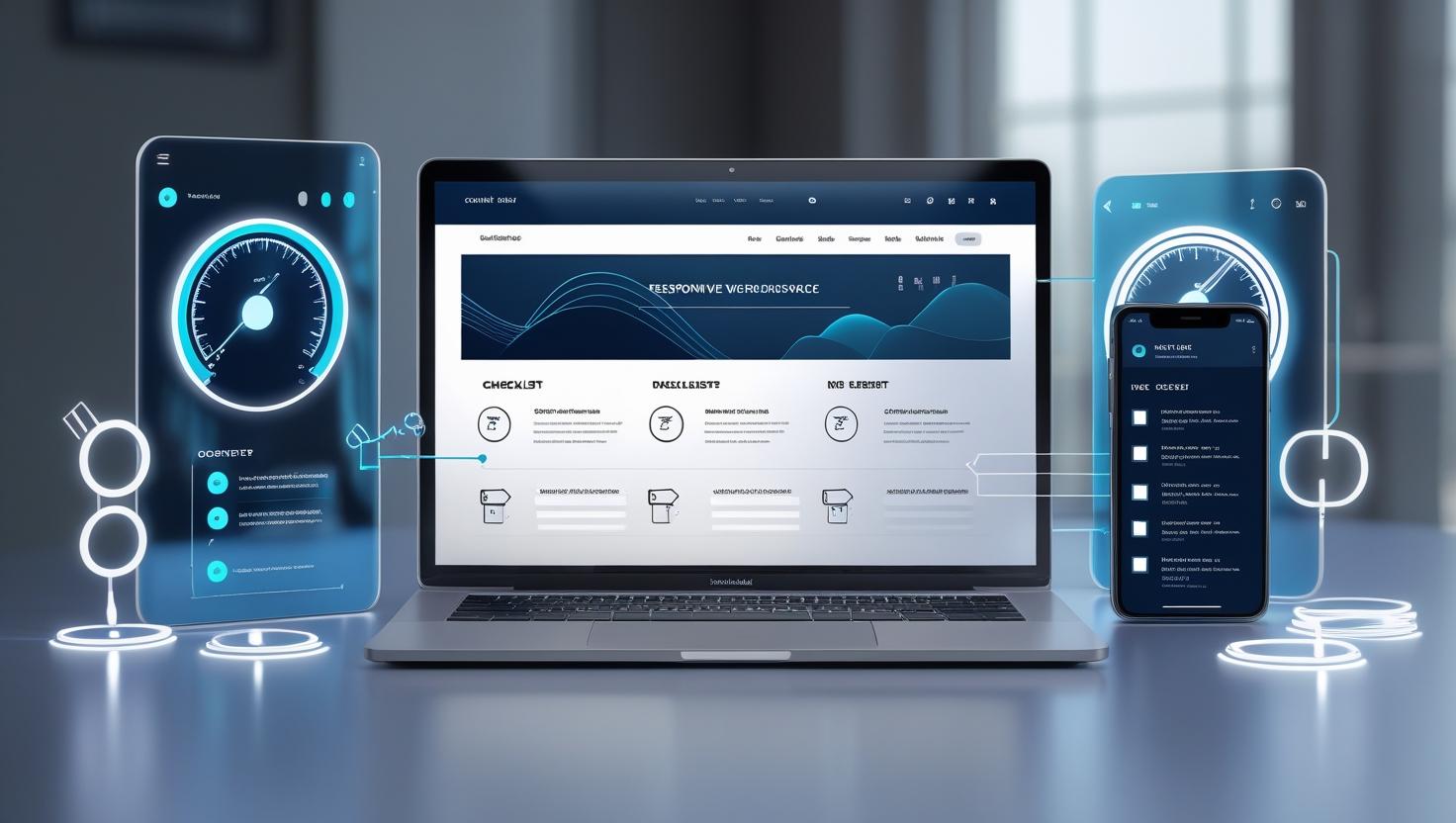
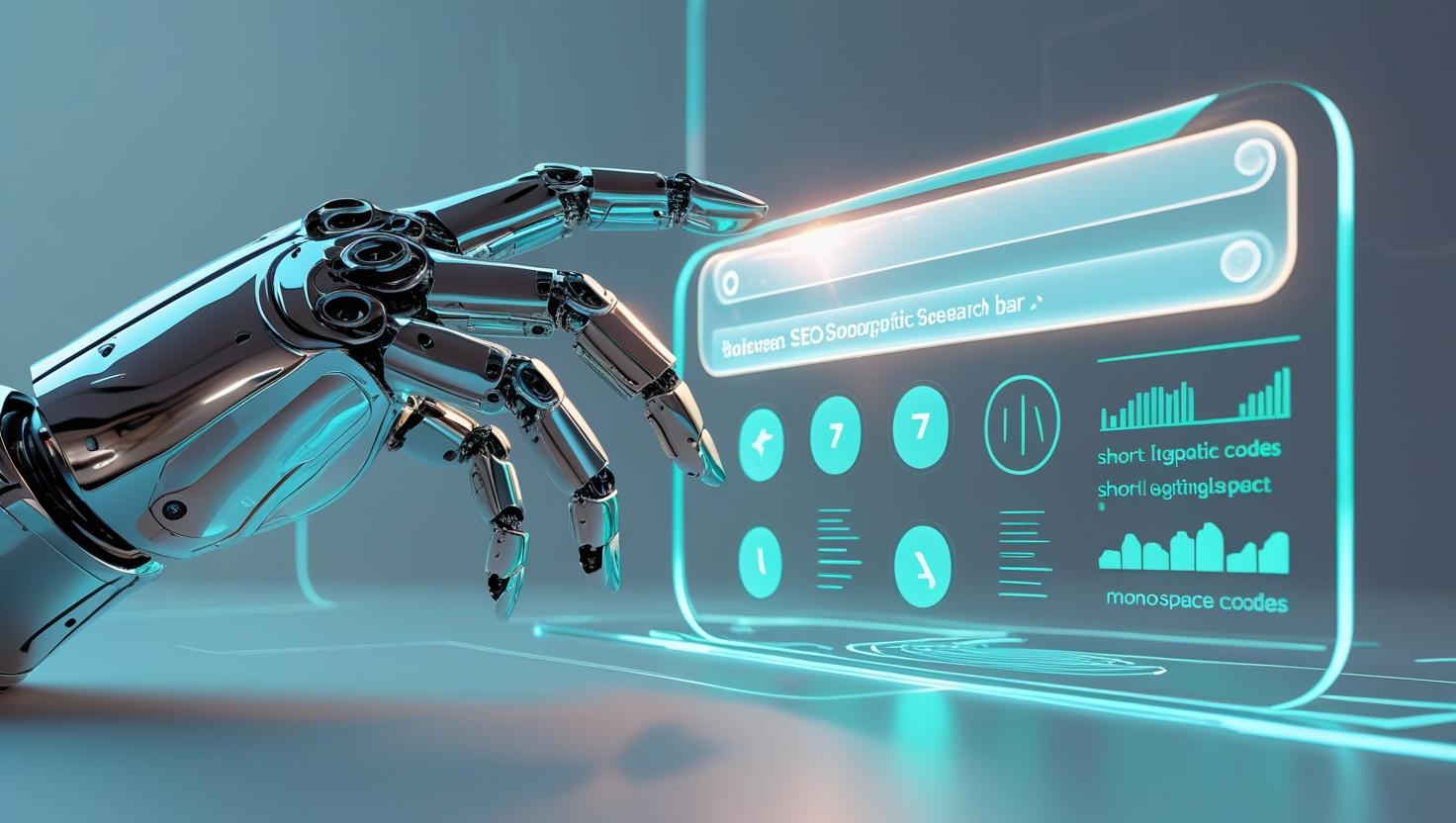



[…] Learning & Deep Learning: AI improves its performance over […]
[…] AI has been a concept since the 1950s, with early pioneers like Alan Turing laying the foundation for what would become a revolutionary field. Early AI systems relied on simple rule-based algorithms and lacked the sophistication seen today. […]